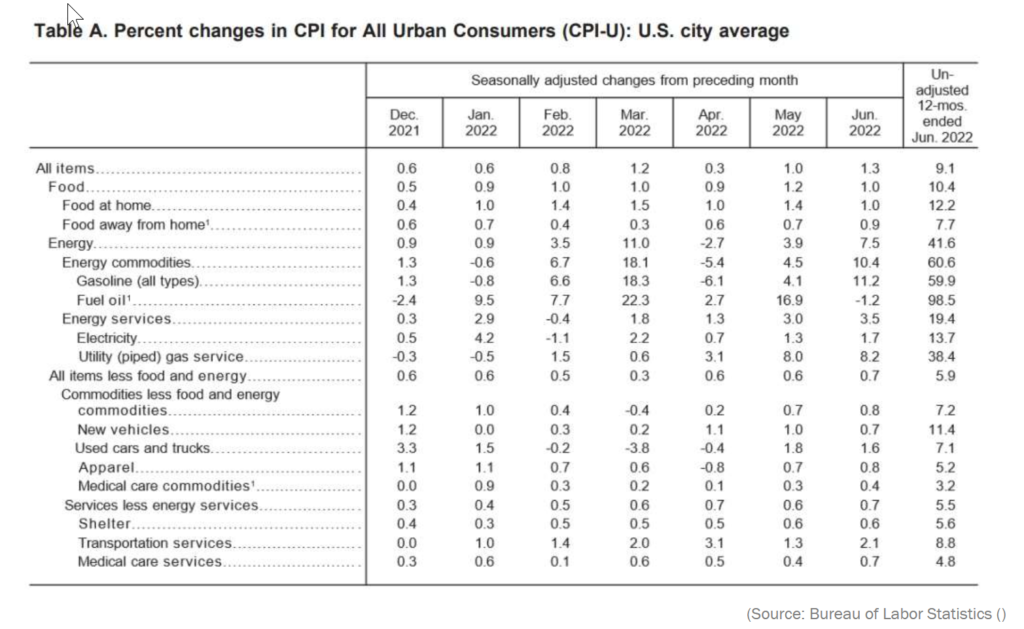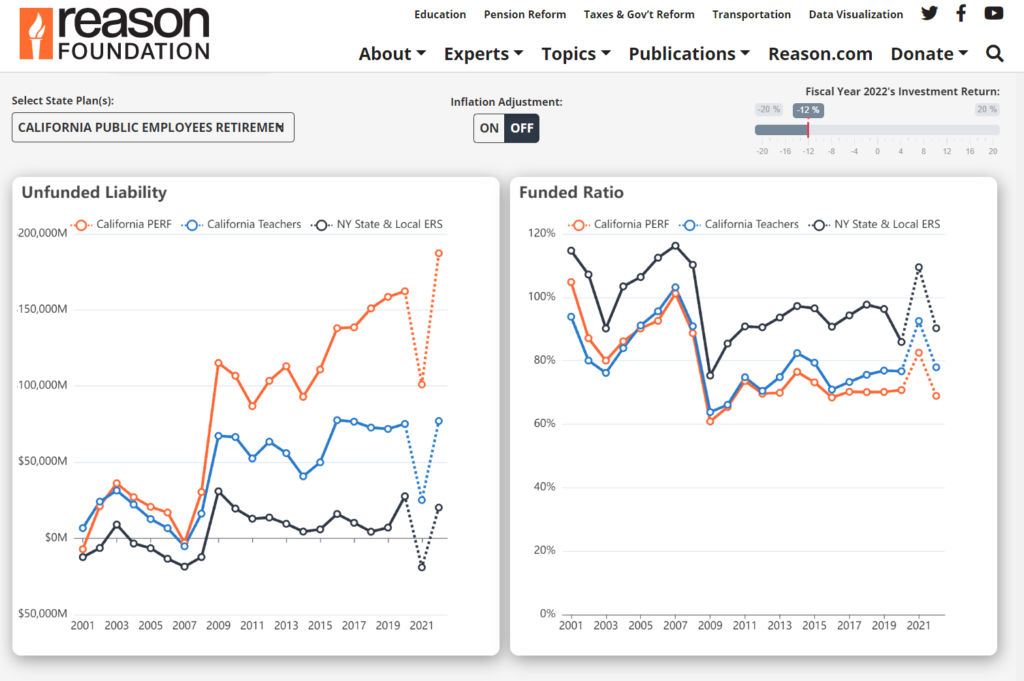Link: https://reason.com/video/2022/09/30/guns-arent-a-public-health-issue/
Graphic:
Excerpt:
The takeaway from the story of Dickey, Rosenberg, and the 1993 gun study at the center of the piece is that the congressman was correct to begin with. The CDC shouldn’t be studying gun violence.
Titled “Gun Ownership as a Risk Factor for Homicide in the Home” and published in The New England Journal of Medicine, the 1993 study looked at 388 people who had been killed in their homes and matched them to 388 neighbors of similar age, sex, and race. One hundred and seventy-four of the victims lived in houses where at least one gun was present versus only 139 of the matched controls.
With scary music and breathless claims, the video tells viewers that if you had a gun in your house, you were 200 percent more likely to be killed with a gun in your home and 400 percent more likely to kill yourself.
These are both exaggerations and misstatements of the study results. It didn’t address suicide risk at all, nor gun homicides. It found households in which a resident had been murdered at home by any means had a 25 percent greater frequency of having a gun, not 200 percent. But this doesn’t mean owning a gun increases your risk of being killed by 25 percent.
This is a classic statistical error known as the “base rate fallacy” and is particularly important when studying rare events, like people murdered in their homes. Suppose 10 people are murdered in their homes, and five of those homes had guns. A matched set of 10 people who were not murdered in their homes found only four homes had guns. So there are 25 percent more guns in the homes of murder victims than matched nonmurder victims (Five vs. four).
But what if you put those 20 people in the context of another million, none of whom were murdered in their homes, half of whom had guns in their homes and half of whom didn’t. The rate for gun owners to be murdered at home becomes five out of 500,009, while the rate for non-gun owners becomes five out of 500,011. So now we find that the risk is 0.0004 percent higher.
In other words, being murdered in your home means you have a 25 percent higher chance of having a gun, but having a gun means you have only a 0.0004 percent greater chance of being murdered in your home. Those are not the same thing.
The finding that owning a gun made study subjects less safe was also a conclusion selected from much stronger statistical results that didn’t fit the authors’ political views and, thus, weren’t mentioned in the study. Yes, 25 percent more victims’ homes had guns than control homes, but 38 percent more victims had controlled security access to their property. Why not lobby against gates as a public health matter? Twenty times as many victims had gotten in trouble at work because of drinking, so why worry about guns when drinking at work is two orders of magnitude more dangerous? Renting and living alone were far more dangerous than having a gun. Victims were less likely than controls to own a rifle or a shotgun, so why not a government program to trade in handguns for long guns?
Author(s): JOHN OSTERHOUDT AND AARON BROWN
Publication Date: 30 Sept 2022
Publication Site: Reason



